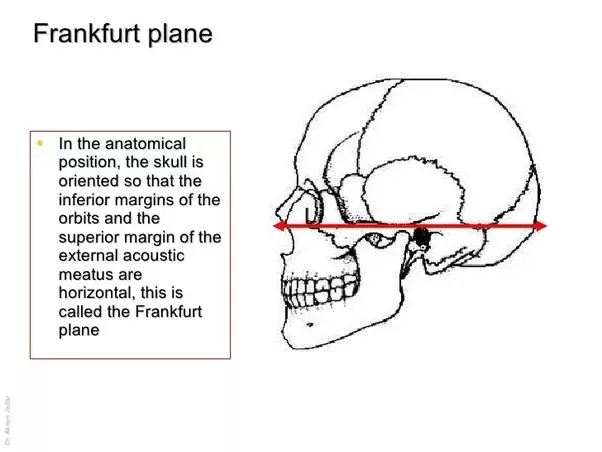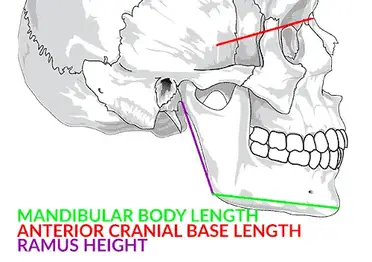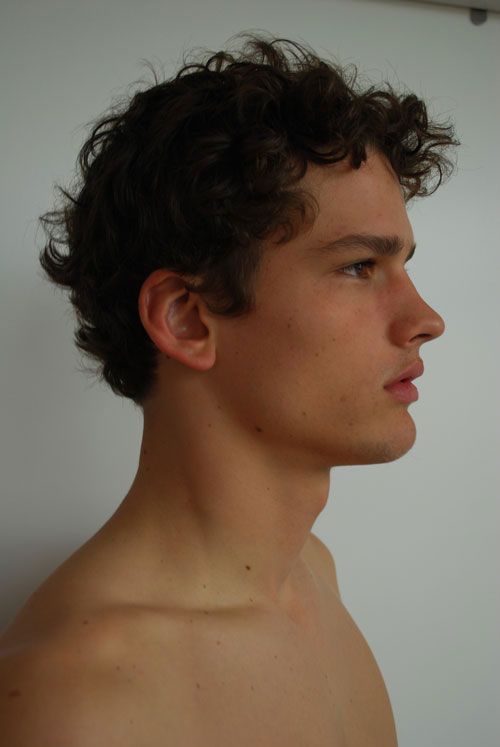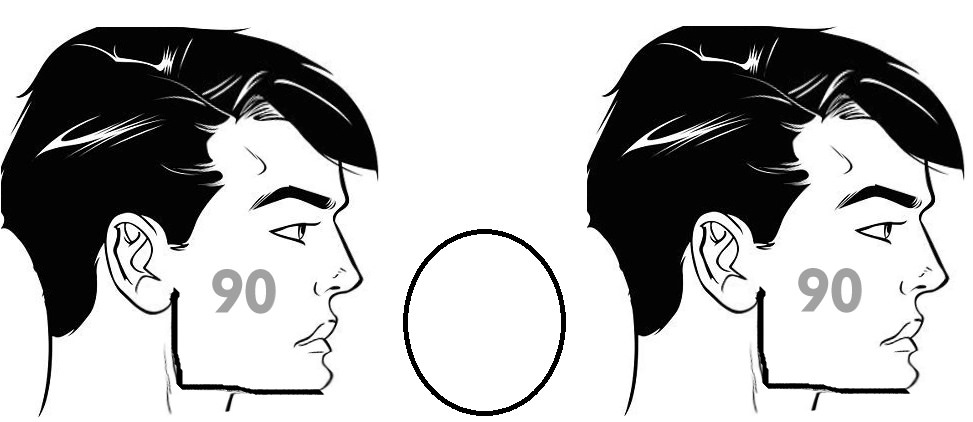thecel
morph king
- Joined
- May 16, 2020
- Posts
- 26,827
- Reputation
- 59,382
People often determine the importance of a trait by examining how much attractiveness is affected by altering the trait. E.g. by using morphs like these:




People conclude, from these morphs, that the gonial angle is one of—if not the—most important factors in a jaw’s attractiveness. Wrong.
Gonial angle is an overrated part of jaw aesthetics. Why? The morphs contain a major fallacy in looks theory; the fallacy is when you morph a trait and inadvertently change another trait that’s actually more important for attractiveness, but you think the trait that you intended to morph is the main cause of the resulting attractiveness differences.
In the morphs above, the intention was to compare different gonial angles, but what actually happened is the mandibular angle and ramus length were dramatically altered in the process. The latter 2 traits are much more important than gonial angle is.
The most important factor in the attractiveness of a jawline in the side profile view is the angle between the mandibular body and the Frankfurt Plane (which is the same as the horizon when the head is facing straight ahead (not tilted upwards or downwards)).


 looksmax.org
looksmax.org

Henry Cavill’s mandibular body goes 15º under the horizon line (Frankfurt Plane). 15º is ideal.
This is the angle that really makes or breaks jawlines. Too shallow an angle and it has a Short-Face-Syndrome look. Too deep an angle and it has a downward-grown, horse-faced look.
The height of the ramus is also very important for a masculine-looking jawline.

So you see, the “gonial angle morphs” are really more like “mandibular slope and ramus height” morphs:




The mandibular slope and the ramus height—not the gonial angle—are the main reasons for particular morphs looking attractive and unattractive.
It’s impossible to change the gonial angle exclusively; geometrically, changing gonial angle must change other angles and ratios of the jaw. Despite that, there are ways to morph gonial angle while minimizing side effects. Like so:



These gonial-angle morphs keep the same mandibular slope of 15º. We can see how gonial angle by itself isn’t as crucial as many looksmaxers think. The 3rd morph’s gonial angle is close to 90º, but it isn’t anything close to as comically bad as what most people think a 90º gonial angle looks like:

This comical morph not only made the gonial angle 90º but also made the mandible angle be parallel to the horizon, and the latter makes a bigger effect on his attractiveness than gonial angle itself does.
Avoid the Side Effect Fallacy.




People conclude, from these morphs, that the gonial angle is one of—if not the—most important factors in a jaw’s attractiveness. Wrong.
Gonial angle is an overrated part of jaw aesthetics. Why? The morphs contain a major fallacy in looks theory; the fallacy is when you morph a trait and inadvertently change another trait that’s actually more important for attractiveness, but you think the trait that you intended to morph is the main cause of the resulting attractiveness differences.
In the morphs above, the intention was to compare different gonial angles, but what actually happened is the mandibular angle and ramus length were dramatically altered in the process. The latter 2 traits are much more important than gonial angle is.
The most important factor in the attractiveness of a jawline in the side profile view is the angle between the mandibular body and the Frankfurt Plane (which is the same as the horizon when the head is facing straight ahead (not tilted upwards or downwards)).


Frankfurt Plane Misconception
A common misconception about the Frankfurt plane is that the tragus (the thing next to your earhole that sticks out backward) needs to be horizontally level with the bottom of the eye. That's incorrect. The correct Frankfurt plane alignment is the porion (the tragion may also be used) being...

Henry Cavill’s mandibular body goes 15º under the horizon line (Frankfurt Plane). 15º is ideal.
This is the angle that really makes or breaks jawlines. Too shallow an angle and it has a Short-Face-Syndrome look. Too deep an angle and it has a downward-grown, horse-faced look.
The height of the ramus is also very important for a masculine-looking jawline.

So you see, the “gonial angle morphs” are really more like “mandibular slope and ramus height” morphs:




The mandibular slope and the ramus height—not the gonial angle—are the main reasons for particular morphs looking attractive and unattractive.
It’s impossible to change the gonial angle exclusively; geometrically, changing gonial angle must change other angles and ratios of the jaw. Despite that, there are ways to morph gonial angle while minimizing side effects. Like so:



These gonial-angle morphs keep the same mandibular slope of 15º. We can see how gonial angle by itself isn’t as crucial as many looksmaxers think. The 3rd morph’s gonial angle is close to 90º, but it isn’t anything close to as comically bad as what most people think a 90º gonial angle looks like:

This comical morph not only made the gonial angle 90º but also made the mandible angle be parallel to the horizon, and the latter makes a bigger effect on his attractiveness than gonial angle itself does.
Avoid the Side Effect Fallacy.








